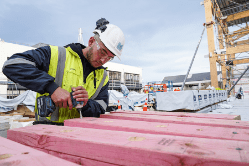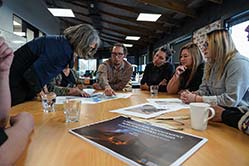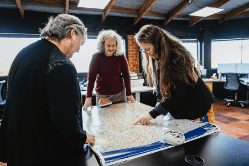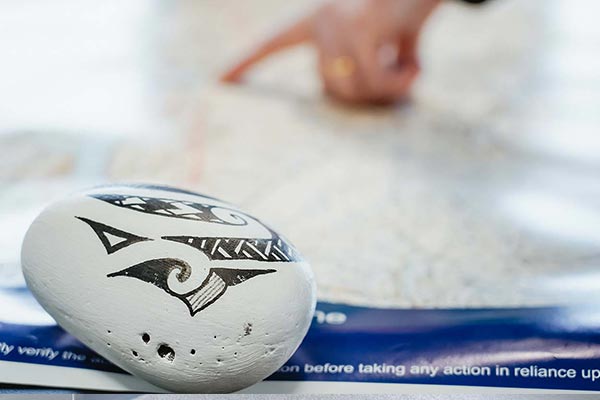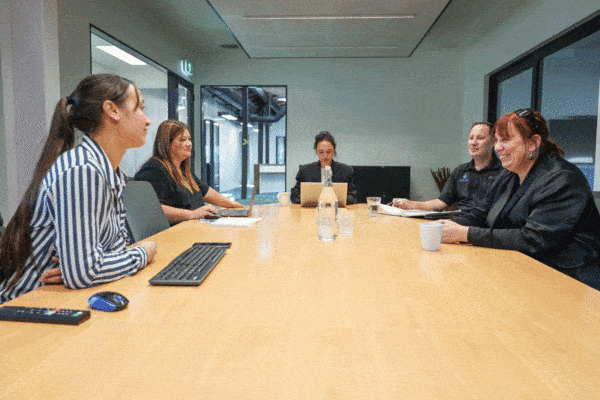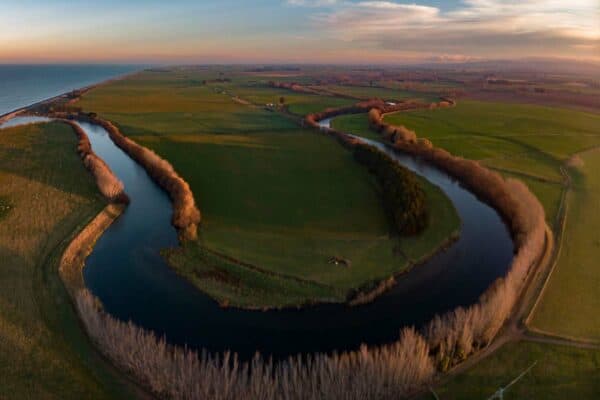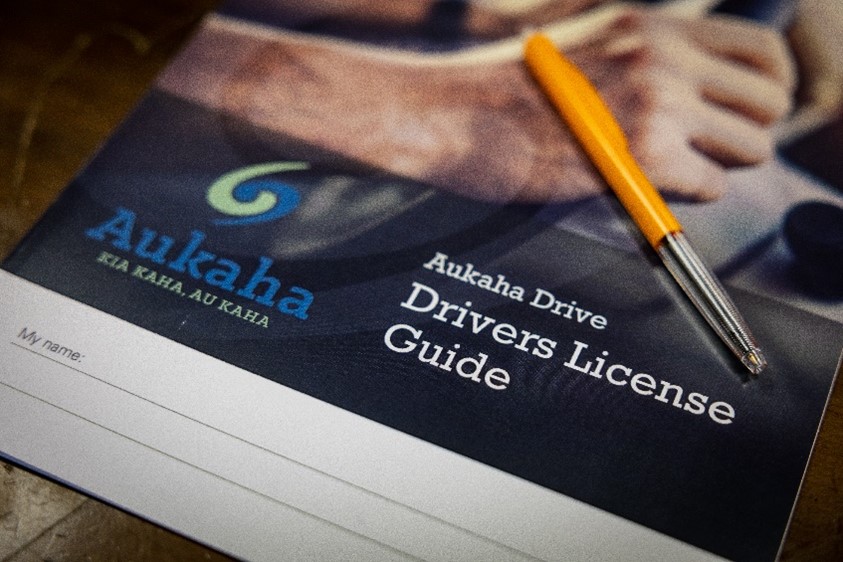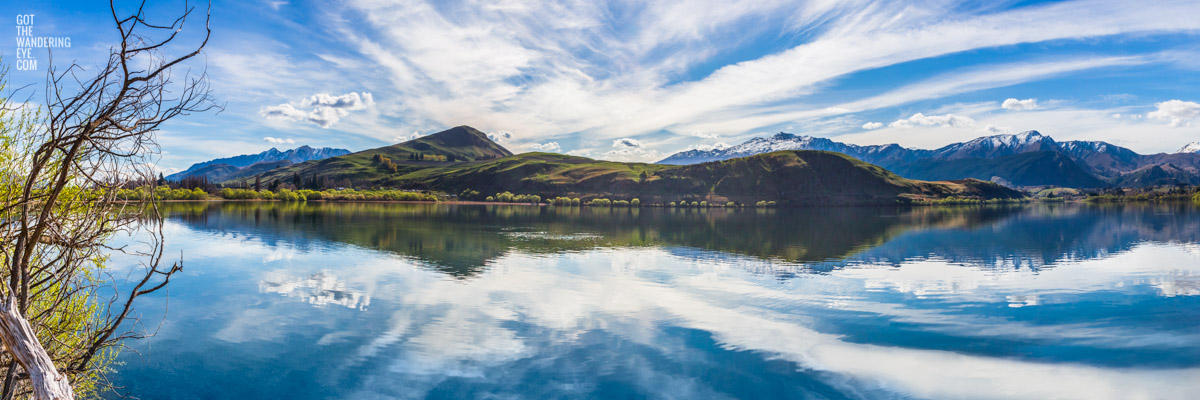Te Mana o Te Wai
Freshwater is a taonga of huge significance to Māori. It is a pivotal resource for manawhenua and it is a central element of Māori identity.
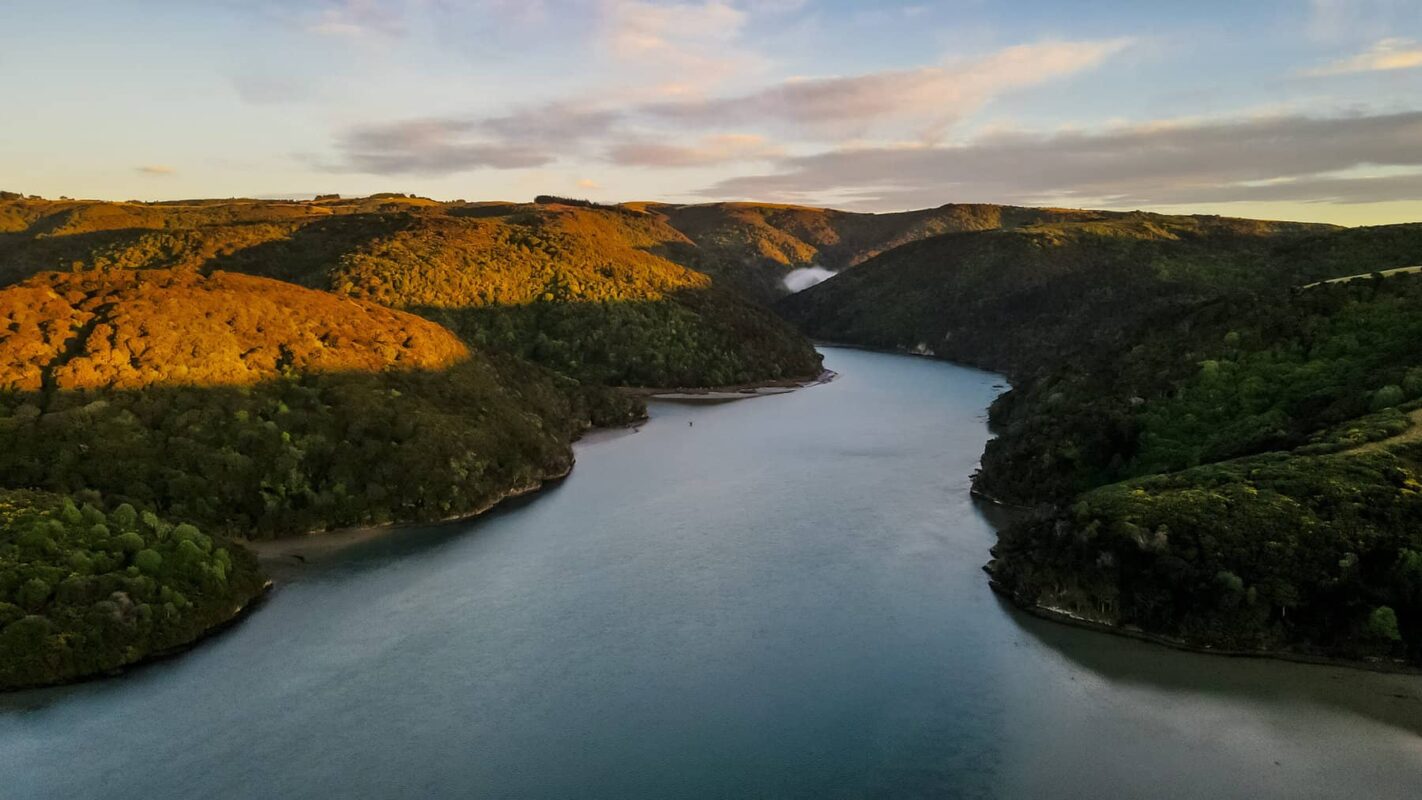
For more than thirty years, papatipu rūnaka in the Otago region have struggled to gain a voice in policy and planning around regional water resources. Now, thanks to a widespread commitment to change and the work of rūnaka-owned entity Aukaha and its environmental workstream Mana Taiao, progress is being made.
Freshwater is a taonga of huge significance to Māori. It is a pivotal resource for manawhenua and it is a central element of Māori identity.
“Life itself depends on it. Wai is intrinsic to Māori culture, it’s a living entity and we have a responsibility to protect that. In holistic terms, everything is interconnected – land, water, sea. We don’t talk about water in isolation. If you’re doing something on land, there are implications for water and vice versa,” says Edward Ellison, upoko of Te Rūnanga o Ōtākou.
“One of the biggest challenges we’ve faced has been getting councils to understand that in the hierarchy – the natural order of things – the health of water comes first, not the economic benefits that can be gained from it. We’ve got to widen our focus. We’ve got to re-order that hierarchy to maintain environmental balance.”
Mana Taiao General Manager Kate Timms-Dean says that change is happening, and there is a potential to make a real difference now.
“There’s now a huge appetite for a more collaborative approach to water issues across most councils. There’s a strong desire to engage with us and with manawhenua. I think there’s been a lack of understanding in councils and a fear that they may offend, and I think that has paralysed them,” Kate says.
Sandra McIntyre, Principal Planner for Mana Taiao, agrees.
“While all of this has been a major step forward and while understanding of manawhenua perspectives if growing all the time, the history of freshwater management indicates there are still a lot of different views ‘at the table.’
“There is still work to do in terms of getting everyone in the community to understand why change needs to happen but we are making significant progress.
She says the RPS is just the first ‘chapter.’
“The Regional Policy Statement provides the high level direction but now we need to work with ORC on the Land and Water Regional Plan, which spells out what the policies within the RPS mean on the ground – how we can protect freshwater within various Otago river catchments.
“We have managed to get proper recognition of the manawhenua voice and with council understanding of manawhenua perspectives growing all the time, we can now go to council discussions with confidence in our direction.
“It is absolutely clear to me that manawhenua perspectives on looking after freshwater bodies is right and that everyone can learn from them. We have an opportunity we’ve never had before, to make real change and that is very exciting – and from Mana Taiao’s point of view, a privilege to be a part of.”
“It is absolutely clear to me that manawhenua perspectives on looking after freshwater bodies is right and that everyone can learn from them. We have an opportunity we’ve never had before, to make real change and that is very exciting – and from Mana Taiao’s point of view, a privilege to be a part of.”
– Sandra McIntyre, Principal Planner for Mana Taiao
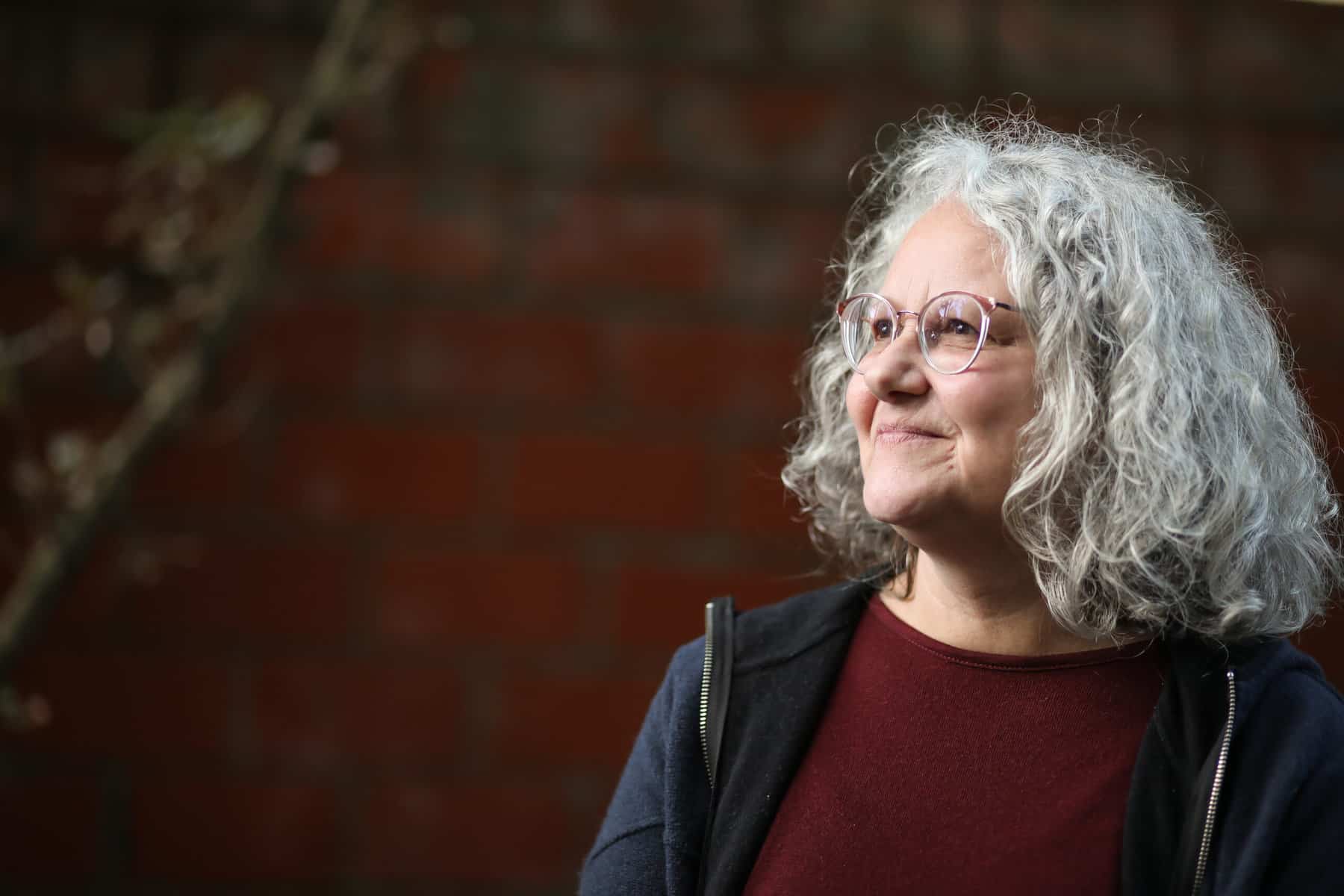
Lisa Hawkins, Otago Regional Council Team Leader for RPS and Coast, agrees that working with manawhenua is paramount.
“Work on the RPS gave us an opportunity to strengthen our relationships and partnerships with Kāi Tahu.”
She says the Mana Taiao team have very much been “a conduit, a go-between” with manawhenua.
“They bring together their own extensive team knowledge of planning and process with manawhenua knowledge – and their ‘translation’ of that knowledge has been critical to a more collaborative approach in planning development.”
She says co-management is a strong focus for Otago Regional Council and that the RPS project was an opportunity to further that in detail, in the technical realm.
“It results in a much stronger outcome for everyone. When manawhenua values are reflected in policy, you get a much better policy, which in turn results in stronger environmental outcomes. That’s the end game for all of us.”
Lisa says working with Mana Taiao to facilitate a manawhenua voice in freshwater discussions and policy making has been a valuable learning experience.
“It has significantly built our team’s cultural understanding and we look forward to developing further. The RPS has been a real catalyst for change but it’s just the first cab off the rank.”
“Freshwater health is our priority and Te Mana o Te Wai has given us a foothold to make progress. Manawhenua are excited. They have hope, and renewed energy to continue what can be a complicated and daunting process,” she says.
“They bring together their own extensive team knowledge of planning and process with manawhenua knowledge – and their ‘translation’ of that knowledge has been critical to a more collaborative approach in planning development.”
– Lisa Hawkins, Otago Regional Council Team Leader for RPS and Coast
Te Mana o Te Wai has been part of the National Policy Statement for Freshwater management since 2014 and among other requirements, it requires local authorities to actively involve tangata whenua in freshwater management, along with taking an integrated management approach to freshwater management in accordance with the principle of ki uta ki tai, which recognises the interconnectedness of the environment.
The Regional Policy Statement (RPS) sits within Te Mana o Te Wai and Kate pinpoints Plan Change 7 – the changes made to the length of water allocation leases within the RPS – as one of the biggest steps forward that Mana Taiao and manawhenua have made.
“Plan Change 7 was significant for us and the work that Edward Ellison and our Principal Planner, Sandra McIntyre did on that, was fundamental to the outcomes of the Environment Court decision, reducing the length of water leases.
“Both of them are hugely respected by the Environment Court and their comprehensive evidence shaped the direction that the hearing took.”
One of the main manawhenua concerns for many years, has been the way in which councils allocated freshwater, often locking it up in unsustainable long term leases. Edward Ellison says treating freshwater as an economic commodity has led to over-allocation and poor monitoring of water health.
He adds that if the recommendations, rules and methods of the National Policy Statement (NPS) and Te Mana o Te Wai are applied in a way that addresses those issues and puts the hierarchy of water in the right order, there should be an improvement in water health.
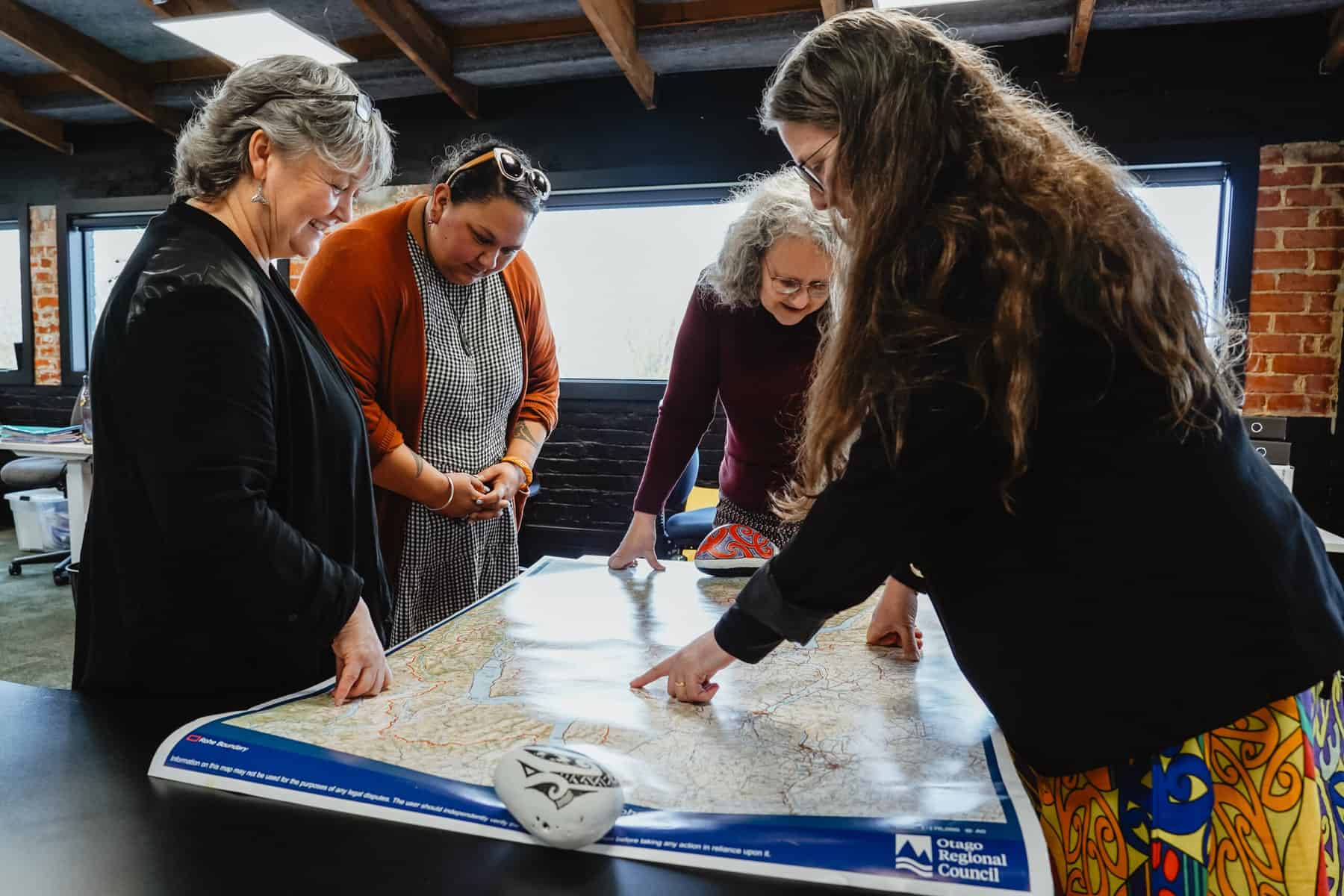
Mana Taiao’s Sandra McIntyre is quick to reinforce the importance of Plan Change 7.
“It was a milestone for us. The Environment Court gave significant weight to the case we made for reducing the length of freshwater leases and they recognised the need for greater Kāi Tahu involvement in decision making.
“They understood that if all existing long term consents (many of them going back a hundred years), were allowed to be granted, it would cut Kāi Tahu out of decision-making for another generation. If we had lost the case, we would essentially have been fighting past rulings for a very long time rather than focussing on moving forward with a positive focus. That’s why it was so important to us,” she says.
Plan Change 7 brought in changes to rules in the existing plan to make it difficult for anyone to get freshwater consents for longer than six years.
“The way water was managed in the past largely focussed around the needs and demands of commercial users and there’s been only narrow consideration given to the health of water bodies and to manawhenua values. But now, the National Policy Statement and the introduction and updates to Te Mana o Te Wai, provide overarching policies and processes that all regional councils have a legal obligation to be aware of and implement.
“The 2020 version of Te Mana o Te Wai requires water management bodies to put the health of water first and foremost and it gives us a very strong platform for advocating for a holistic management approach.”
Sandra says having the ability to co-author some parts of the Regional Policy Statement was also a huge step forward.
“We essentially authored a chapter on manawhenua values and policies that direct how manawhenua have to be involved in resource management, decision-making and monitoring, and that mātauraka needs also need to be part of decision making.
“We also authored a chapter on freshwater management, which we developed alongside manawhenua to reflect what Te Mana o Te Wai means to them. In addition, we developed a narrative explaining the relationship of Kāi Tahu with freshwater, which has also gone into the RPS unchallenged, as an explanation of the Kāi Tahu relationship to water.
“That indicates to me that council staff absolutely want to understand the complexity of the issues and that they’re committed to making sure manawhenua concerns are addressed.”
